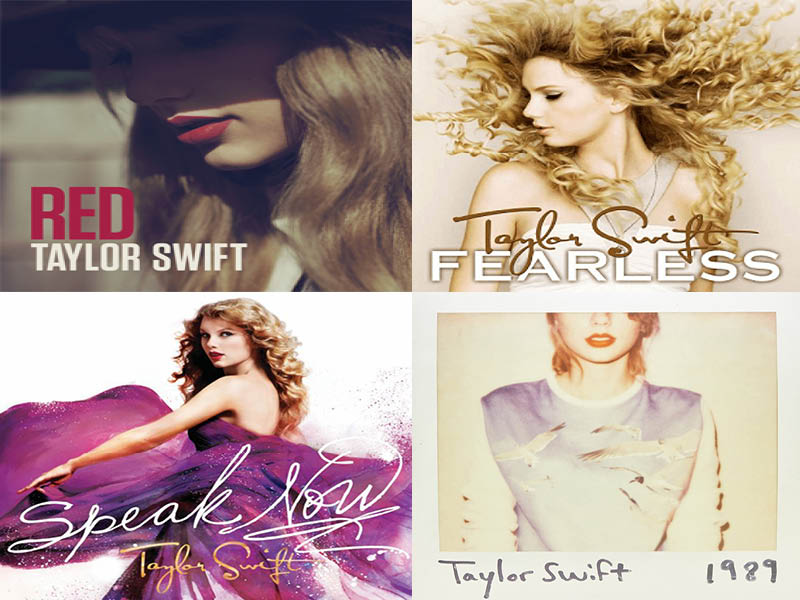Another chapter in the perpetual war between business and art was written this week, as Taylor Swift has rerecorded her album Fearless (Taylor’s Version). This begs the question, who actually owns an artist’s music?
For the average fan, the answer would seem rather simple. The artist made it, and they should keep it. Then there is the issue of investments. Would the artist be as successful as they are today without the music machine behind them? Sadly, the music industry is not a happy collaboration where disputes are secondary to creative expression. This is intellectual property, where lawyers sharpen their teeth battling over a hard-to-define product.
The publishing rights to an artist’s catalog are essentially a financial asset that can be bought and traded. A famous example involves Paul McCartney, who like many artists, found himself squeezed out of the bulk of his early recordings. In mogul-like retaliation, and with the wealth granted to him later in his career, McCartney began buying the rights to other artists’ catalogs. McCartney ended up passing along this friendly tip to Michael Jackson, who ended up taking that advice and buying The Beatles’ catalog.
To understand how Taylor’s Version came about, a basic timeline of the facts will be helpful:
- In 2004, a 14-year-old Taylor Swift is signed by Big Machine Records. In the years to come, Swift became a household name.
- In 2018, after 14 years, six albums, and a Goliath-level of money is made, Swift parted ways with Big Machine Records and signed with Universal Music Group.
- In 2019, mega manager Scooter Braun purchased Big Machine for $300 million. Variety reported that “Big Machine has derived as much 80 percent of its revenue from Swift’s music in recent years.”
- In 2020, the rights to Swift’s early music changed hands once again, as Braun sold them to the private-equity firm Shamrock Holdings.
While there is always room in America for a lengthy court battle, Taylor Swift found a loophole that can only be described as, “Look What You Made Me Do.” She decided to rerecord her old music. Most contracts restrict artists from doing this, but depending on the contract, this clause ends once a certain amount of time has passed after the contract ends. According to Swift and her legal counsel, she was free to begin re-recording in November 2020. The finished reclamation, titled Fearless (Taylor’s Version), was released on April 9, 2021.
This baller move had two immediate implications. For starters, Swift will be able to reproduce and sell Taylor’s Version in lieu of the original product. On the other hand, there are now two recordings of the same songs, which will decrease the value of both.
In layman’s terms, if you build a boat with Taylor Swift and try to sail away with that boat, Swift will drill holes in the hull, and now you are taking on water.
For anyone who has spent time with a lawyer, my condolences, but you likely heard the word “precedent” leave the suit’s lips on numerous occasions. What this means is, earlier events serve as a guide for future proceedings. You can be sure that upon hearing of Taylor’s Version, every music executive in the industry checked their existing contracts to see if they could plug this loophole. For the young artists of tomorrow, desperate to ink a deal, we can be certain that an iron-clad agreement will be in place to bar this very thing from happening again.
Advertisement
And the dance between art and business continues its sinful two-step. Artists need music labels because executives can make careers out of pastimes artists are giving away for free in an attempt to be discovered. Taylor’s Version is far from a nail in the coffin settling the issue, but more of a middle finger pointed at the ocean musicians must cross if they wish to be successful. While vested interests will always have their fingers in the creative pie, artists find a way to flip the script once in a while.
Advertisement
